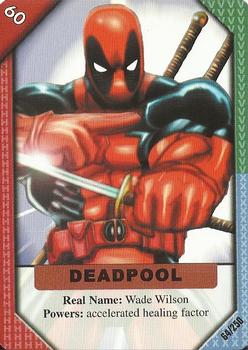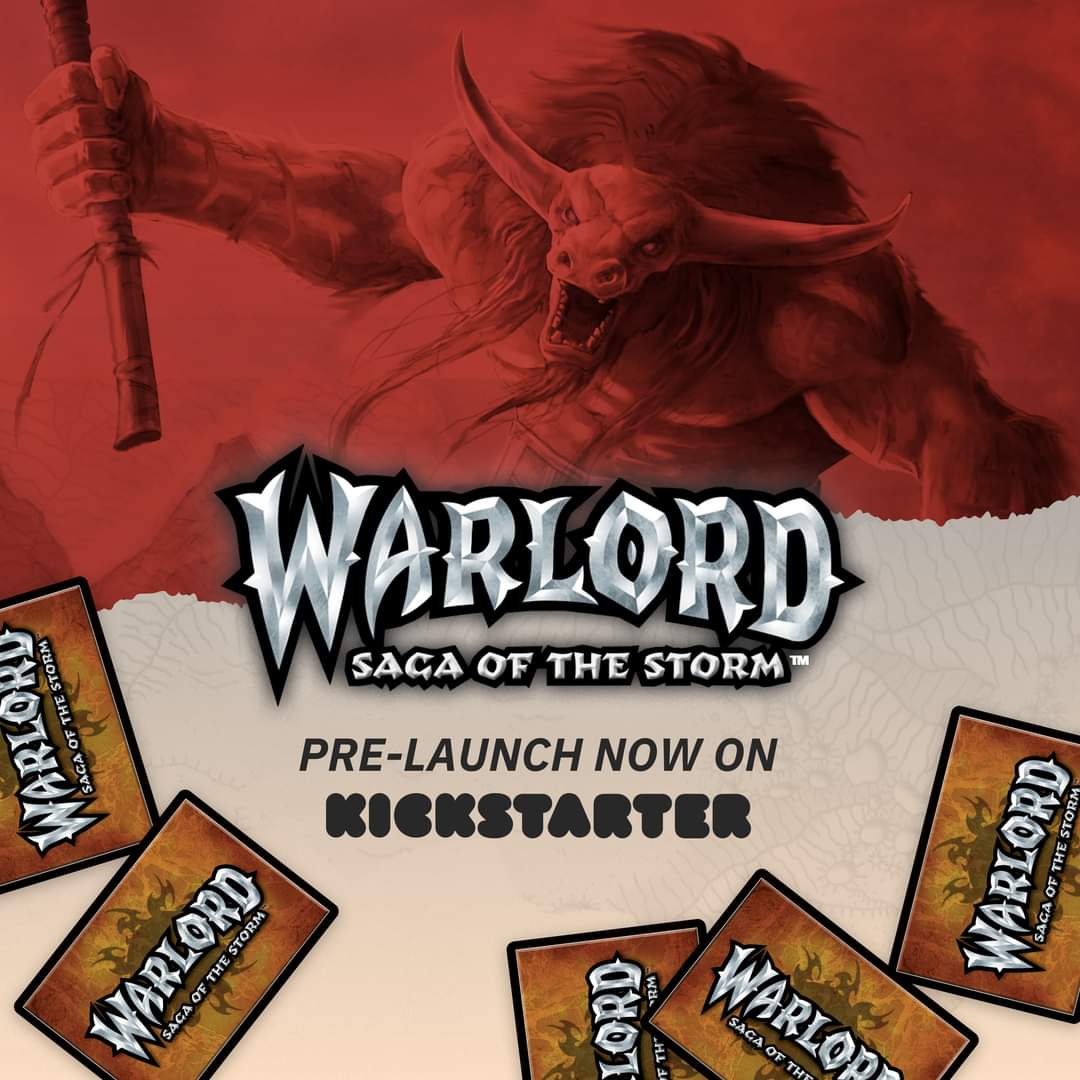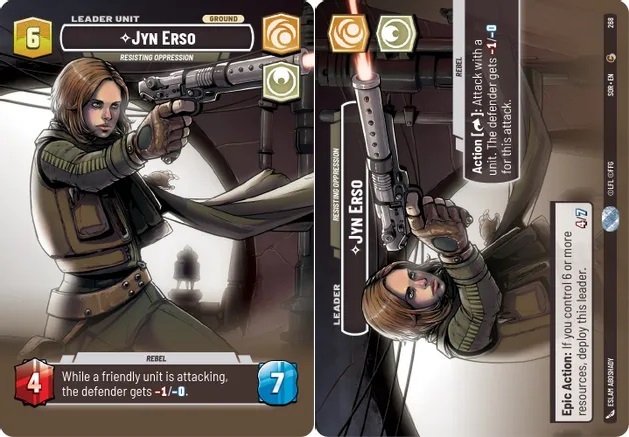Welcome back to Article #4 of the New and Returning Players series by Chris Gogolen. Chris goes in depth this article on Force Generation and what cards are necessary to have in order to give you enough force to get you through your games.
Introduction – force activation
Force Activation is a very critical element of game play. If you don’t have force, you can’t pay to do things. Sounds simple right? Unfortunately it gets a bit more complicated than that when choosing which locations to include in your deck. You have to be careful, because while giving yourself lots of force is good, giving icons to your opponent can be dangerous. However, if you don’t give them icons, then you don’t have anywhere to force drain at. It’s almost like walking a tight rope and you definitely have to maintain a good balance with the force.
Type of locations
There are three types of locations in the game: Sites (ground), Systems (space) and Sectors (clouds/asteroids). This articlewill only be focusing on the first two. Asteroids are incredibly rare to see played, and clouds are really only used currently in a version of the Kessel Spice Mining deck (which is a complex, high level deck with lots of moving parts, one that I wouldn’t recommend to someone learning the game). There are two classifications for all locations: battlegrounds and non-battlegrounds. That classification is a very important factor in the current environment. As we touched on in the Defensive Shields article (NARP Article 2), the days of hiding at non-battleground locations and doing damage to your opponent are long gone. There are severe drawbacks to playing that style of deck in the current game, ones that make them very difficult to have success with.
Battleground locations
So what makes a location a battleground? Simply put, it’s any location that both players have force icons at, with a few exceptions. Per section 9-11 of the Advanced Rulebook, certain types of locations are never battlegrounds:
– all Holosites (the cards “Imperial Holotable” for Dark Side and “Dejarik Hologameboard” for Light Side).
– all Dagobah locations.
– the site “Coruscant: Galactic Senate”.
– shielded Hoth locations (see the AR under “Hoth Energy Shield Rules”) or shielded Death Star 2 locations.
– Jabba’s Palace Audience Chamber when Bo Shuda is on it.
– Tatooine: Podrace arena when the race total is greater than 0.
– the generic ( <>) Desert when a Sandwhirl is on it.
These cards are never battlegrounds because simply put, it’s difficult or not possible to have battles at them. Still, there are plenty of decks out there that will run non-battleground locations in them, and this is a key strategy in the game today.
Using non-battleground locations
The purpose for using non-battleground locations is to give yourself force activation without giving any to your opponent. Often players will use 2-3 non-battleground locations to give themselves force, many of which are 2 icons for you and 0 fo ryour opponent. These are referred to as Twixes, a clever reference to the former slogan of the candy bar (“two for me, none for you” ) and are something I recommend using in your decks. The average deck should aim at generating between 12-15 force on its own by the middle of the game. If you were to try and reach that number using only battleground locations, you would probably give your opponent 6-7 icons, and they would then use those extra icons to their advantage. Most decks try to give their opponent 4 or less force if possible. Sometimes it’s unavoidable for the deck that you want to play (the Lightsaber Combat decks give your opponent 4 force from the locations you start in play. Hidden Base has to put 5 battleground locations in play to flip, etc.) It’s definitely a good starting guideline though when building your decks.
Popular non-battleground locations and ‘pullers’
When trying to decide which non-battleground locations to use to increase your force activation, there are a few popular choices, and these are used because quite simply there are interrupts that pull them out of your deck (so-called ‘pullers’). Having locations floating around in your deck can be costly if you accidentally lose one to a force drain, or draw it for battle destiny. So players tend to choose the ones that they have the best chance to get out of their deck quickly. Below is a short list of interrupts for both Light and Dark, and which locations they can help you get:
Wesa Gotta Grand Army (Theed Palace)- one of the most popular choices for Light. It’s a destiny 5, it pulls into hand Boss Nass’s Chamber (a 2/0 location) or the Naboo Battle Plains (a 2/2 location), and it’s a Used Interrupt. It also has another function of subtracting 1 from an opponent’s weapon destiny, which can also be very handy.
Rebel Leadership-V (Death Star 2)- a highly popular choice as well- once per game this card lets you deploy a war room. It’s a used destiny 4 interrupt, and its other functions are very strong. Take an admiral or non-Jedi (sorry Obi-wan) general into hand OR if you have an admiral or general in battle you can either add a battle destiny or limit your opponent to only getting 1 battle destiny (this part works with Obi-wan though). Very versatile card used in many of the top decks out there. Great for setting up Home One with Ackbar-V, the space package of choice in many LS decks.
Speak with the Jedi Council (Coruscant)- the 3rd option, which has fallen off a little bit lately. It lets you deploy the Coruscant Jedi Council Chamber (a 3/0) but after that it doesn’t do anything in most decks. The 2nd text lets you deploy a Jedi directly to the Jedi Council chamber, which is only helpful in a few specific deck options. Most players currently favor the other two choices listed above for the abilities that each has after you pull the location out of your deck.
Sonic Bombardment-v (Cloud City)- currently the most popular Dark Side choice. A Used Interrupt that is destiny 4 and that once per game takes a prison into hand (usually the Virtual Cloud City Security Tower, a 2/0). It then also does about 5 other useful things, most of which work in conjunction with aliens or assassins. Even if you aren’t playing a deck themed towards those cards, most of the top decks utilize the most recent Boba Fett (Prepared Hunter from Virtual Block 8) and Slave 1, Symbol of Fear (same block). Combine those two cards with Jango Fett (block 8), as this interrupt can pull both characters out of your deck, and you get a very powerful space ship that is the foundation of dark side space packages (or in some cases, the only space they play).
We must Accelerate our plans (Coruscant)- another popular choice for Dark side decks. It’s destiny 5 and a Used Interrupt, and it deploys a Blockade Flagship site. Most players will use this to get the Blockade Flagship Bridge(a 2/0) but it can also be used to pull the Blockade flagship hallway or docking bay (Reflections 3/ Theed Palace).The Hallway is a 1/1 location, that Jedi deploy + 2 at. A few Dark side decks will utilize this site in addition to the bridge as a way to occupy a ground location.
Comscan Detection-v (Hoth)- this card is the 3rd choice for dark side decks. Once per game it lets you deploy either: Death Star: War Room, Executor: Meditation Chamber, or Hoth: Wampa Cave. They are all 2/0 locations but the card has limited use afterwards, which is why most players opt for the other choices.
Effects that provide you with Force Generation
There are also certain Effects that provide extra activation for you, but not for your opponent. I am putting them in this article as well because of their impact on force activation and their prevalence in the current environment.
Wokling-v/ Ni Chuba Na?- v (Endor/Tatooine)- These two are highly popular choices for effects to deploy at the start of the game because of their +1 activation. It’s an extra force at the beginning of the game, you don’t give your opponent an icon or a place to deploy and force drain you, and each card also has secondary text that makes it useful in other situations. Very strong cards used in all kinds of decks out there.
A Jedi’s Plans/ A Sith’s Plans (Wise Advice/Oppressive Enforcement- Special Edition)- These cards are also effects, and these deploy on a site. From there, you can use 2 force a turn to deploy a battleground location from your Reserve Deck. This is a very practical way to get locations out of your deck that don’t have specific pullers. Only certain starting interrupts allow you to deploy these at the start of the game, which is why there is another effect for each side (Republic Logistics-V / I’ve Lost Artoo-V) that you can start instead and pulls these cards out. Great way to get battleground locations into play early, and it definitely speeds up a deck like Hidden Base that can take multiple turns to get its locations out.
Mindful of the Future (Coruscant)- very rarely played interrupt that allows you to pay 2 force to deploy a battleground location from your reserve deck. Very unreliable for getting locations out early, most people would prefer to use the effects listed above to get the same result more consistently.
Visored Vision-V/ Voyeur-v (Dagobah)- another unreliable card that is rarely played. The Lost function of this interrupt allows you to deploy a battleground from Reserve deck. The used portion lets you activate 5 force if your opponent has 3 non-battleground locations on table. That text rarely comes into play, and again, the Lost portion of the card is inconsistent, so players tend to choose a different card to get their locations out.
Conclusion
This will conclude the tutorial on Force Activation. By now you should have a better understanding of why many of the samecards show up in the most successful Light and Dark decks, and how force activation plays a role in deck design.
Content of future NARP Articles: decks for newer players
Articles 5 & 6 will cover a few decks in great detail that I recommend as a good starting point for newer players- Throne Room Mains & Profit for Light and Set your Course/CPI-V & Walkers for Dark. These are very straightforward decks that are competitive and should help you get up to speed on the current state of the game. They also use very few episode 1 icon cards, which also makes them less draining on your wallet as well.“HAVE A NICE DAY!” – Mick Foley


